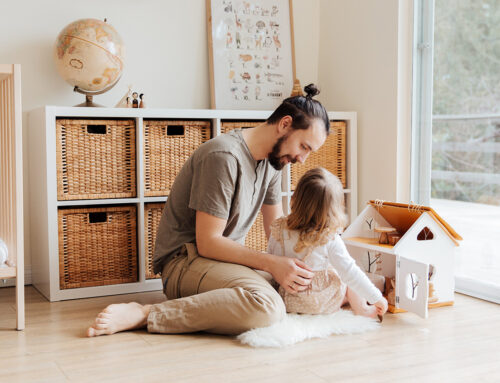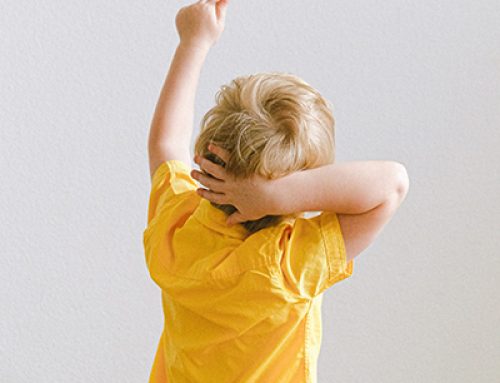Using Labeled Praise

Compliments. Compliments are nice to hear, boost our spirits, and increase the likelihood that we will engage in the same behavior afterwards to receive more compliments. For example, if we are told that we did a great job on a project, we are more likely to use the same skills in the future to continue receiving such positive praise, as it is a nice thing to hear. The same can be said for increasing appropriate behaviors in children, in the form of labeled praise. Labeled praise is a way of praising specific and appropriate behavior. Labeled praise can be used across multiple environments, including the home, clinic, and school. It allows children a clear picture of what they are doing correctly and provides some extra 1:1 attention as well.
In order to use labeled praise, there are three main components to remember:
- The desired behavior should be described.
- The praise should be specific to the child you are working with.
- There should be positive language used when providing the behavior-specific praise. (Villeda, Shuster, Magill, & Carter, 2016).
For example, when working on increasing on-task behavior while sitting at the table, behavior-specific praise could sound like this: “Johnny, you did such a great job hanging up your coat!”
The above behavior-specific praise can be broken down into three components. The first is utilized when the behavior is specified, such as “hanging up your coat.” The second component can be seen when the specific student’s name is mentioned. This is providing 1:1 attention to the student engaging in the desired behavior of hanging up the coat. The third component is that only positive language is used when saying “great job” while providing additional descriptions. There is no negative language — such as “didn’t, no, don’t” — anywhere within the praise being given. It is clear that the child being addressed is engaging in appropriate behavior
For children who respond well to social interactions — such as clapping, tickling, or praise for completing tasks — behavior specific praise can be an extremely strong reinforcer. It clearly labels the desired behavior that they are engaging in, provides each child with 1:1 positive social attention, and can increase the levels of the desired behavior due to the specific reinforcement that the children are receiving. When you are being praised for something you said or did, you are more likely to engage in the behavior afterwards rather than engaging in off-task behavior or inappropriate behaviors to gain attention.
Reference:
Villeda, S. T., Shuster, B. C., Magill, L., & Carter, E. W. (2016). Behavior-specific praise in the classroom. Tennessee Behavior Supports Project, pp. 1-4.

Eyas Landing is a therapy clinic with a mission to provide evidence-based and family-centered therapy services for children, adolescents, and their families. The primary goal is to deliver relationship-based interventions within the most natural environments and to empower families to reach their full potential. To achieve this goal, our highly educated, compassionate staff dedicates time and expertise to create experiences that maximize therapeutic outcomes. The strength, determination, and perseverance of our clients are evident as they succeed in therapy, and ultimately in their daily lives.
Eyas Landing offers a wide range of comprehensive services including Speech Therapy, Occupational Therapy, Physical Therapy, ABA Therapy, Social Work, Family Therapy, and Neuropsych testing. Services are provided throughout the Chicagoland area via Telehealth, In-Home, and in our state of the art clinic.
Want to learn more or you have a specific question? Feel free to connect with us here!



